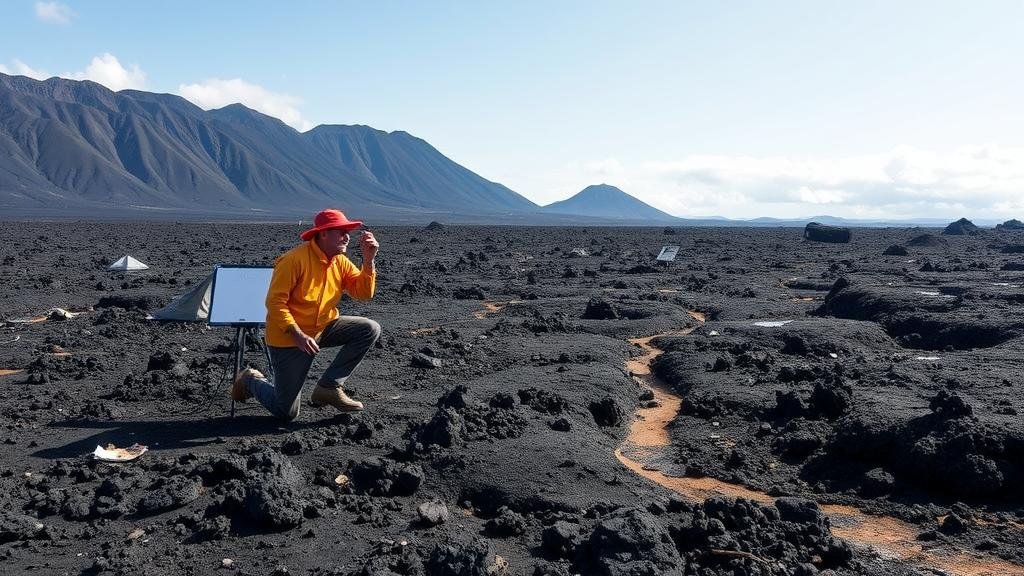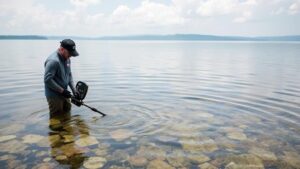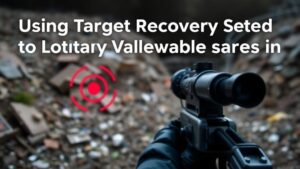Detecting in Lava Fields for Signs of Ancient Trade Routes and Lost Items
Detecting in Lava Fields for Signs of Ancient Trade Routes and Lost Items
The discovery of ancient trade routes and lost items in lava fields presents a unique challenge for archaeologists and historians. Lava fields, characterized by their rocky terrain and extreme conditions, offer both opportunities and obstacles in the quest for understanding past civilizations. This article will explore the methods, technologies, and significance of detecting ancient artifacts and trade routes in these volcanic landscapes.
The Nature of Lava Fields
Lava fields, formed by volcanic activity, are typically composed of basalt and other volcanic rock. e fields can vary in age, with some being several thousand years old and others being relatively recent. The rugged terrain can conceal signs of ancient human activity, making archaeological detection particularly complex.
- Geological Features: Lava tubes, vents, and formations can create unique landscapes that might trap or preserve artifacts.
- Soil Composition: The mineral-rich soils affect the preservation of organic materials, often leading to challenges in dating and analysis.
Identifying Trade Routes
Ancient trade routes were often established in ways that reflected both the natural landscape and human ingenuity. In lava fields, these routes may be traced through a combination of historical records, geological surveys, and physical evidence such as artifact scatter.
One notable example is the analysis of the Hawaiian Islands, where ancient trade routes among Polynesian societies were identified through the distribution of tools and ceremonial artifacts along specific paths. Researchers used spatial analysis techniques to correlate artifact locations with theoretical models of movement across the lava fields.
Technological Advances in Detection
The application of modern technologies has significantly enhanced the ability to detect ancient artifacts in lava fields. Methods such as ground-penetrating radar (GPR), magnetometry, and remote sensing have proven effective in these challenging environments.
- Ground-Penetrating Radar (GPR): This non-destructive method allows archaeologists to visualize sub-surface features, revealing potential artifact clusters.
- Magnetometry: Detects variations in the earths magnetic field caused by ferrous artifacts, providing insights into human activity.
- Remote Sensing: Satellite imagery can be used to identify patterns in terrain that indicate historical pathways and settlement areas.
Case Studies of Successful Detection
Several case studies highlight the effectiveness of these techniques. For example, the discovery of an ancient trade route in the Mojave Desert involved the integration of GPR and magnetometry. Researchers were able to map the route and identify key sites where artifacts such as pottery shards and tools were located.
Another significant case was conducted in Iceland, where researchers used drone technology combined with thermal imaging to detect buried structures in lava fields. This innovative approach led to the identification of ancient farmsteads previously overlooked due to the harsh landscape.
Preservation and Ethical Considerations
Detecting artifacts in lava fields necessitates a commitment to preservation and ethical excavation practices. The delicate balance between uncovering historical data and protecting these sites from damage is paramount.
- Site Protection: Archaeologists must implement measures to protect excavated sites from looters and environmental degradation.
- Involvement of Local Communities: Engaging local populations in archaeological efforts can foster a sense of stewardship over cultural heritage.
Conclusion
The detection of ancient trade routes and lost items in lava fields is a complex but rewarding endeavor. By employing advanced technologies and ensuring ethical practices, researchers can uncover invaluable insights into past societies. Ultimately, these discoveries enhance our understanding of historical human interactions and the adaptation to volcanic landscapes. As methods continue to evolve, the potential for uncovering more of our shared history remains vast, inviting further investigation and exploration.
Actionable Takeaways
- Familiarize yourself with the technological tools available for archaeological detection.
- Consider the environmental and ethical implications of archaeological work in sensitive areas.
- Engage with local communities to enhance research efforts and foster cultural preservation.



